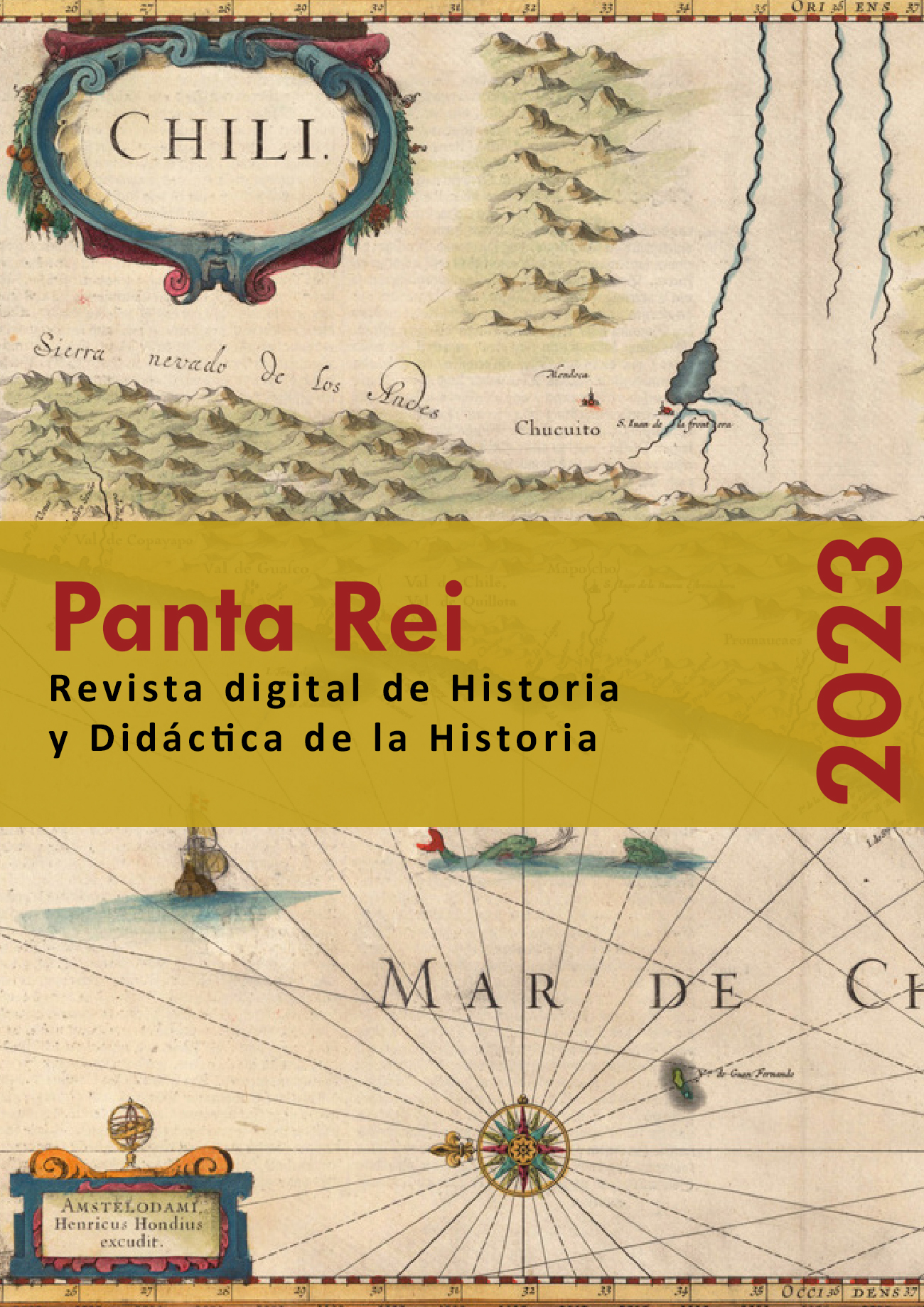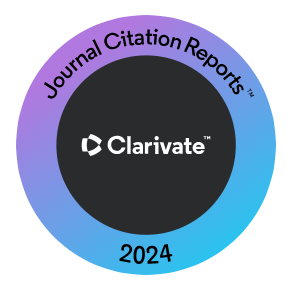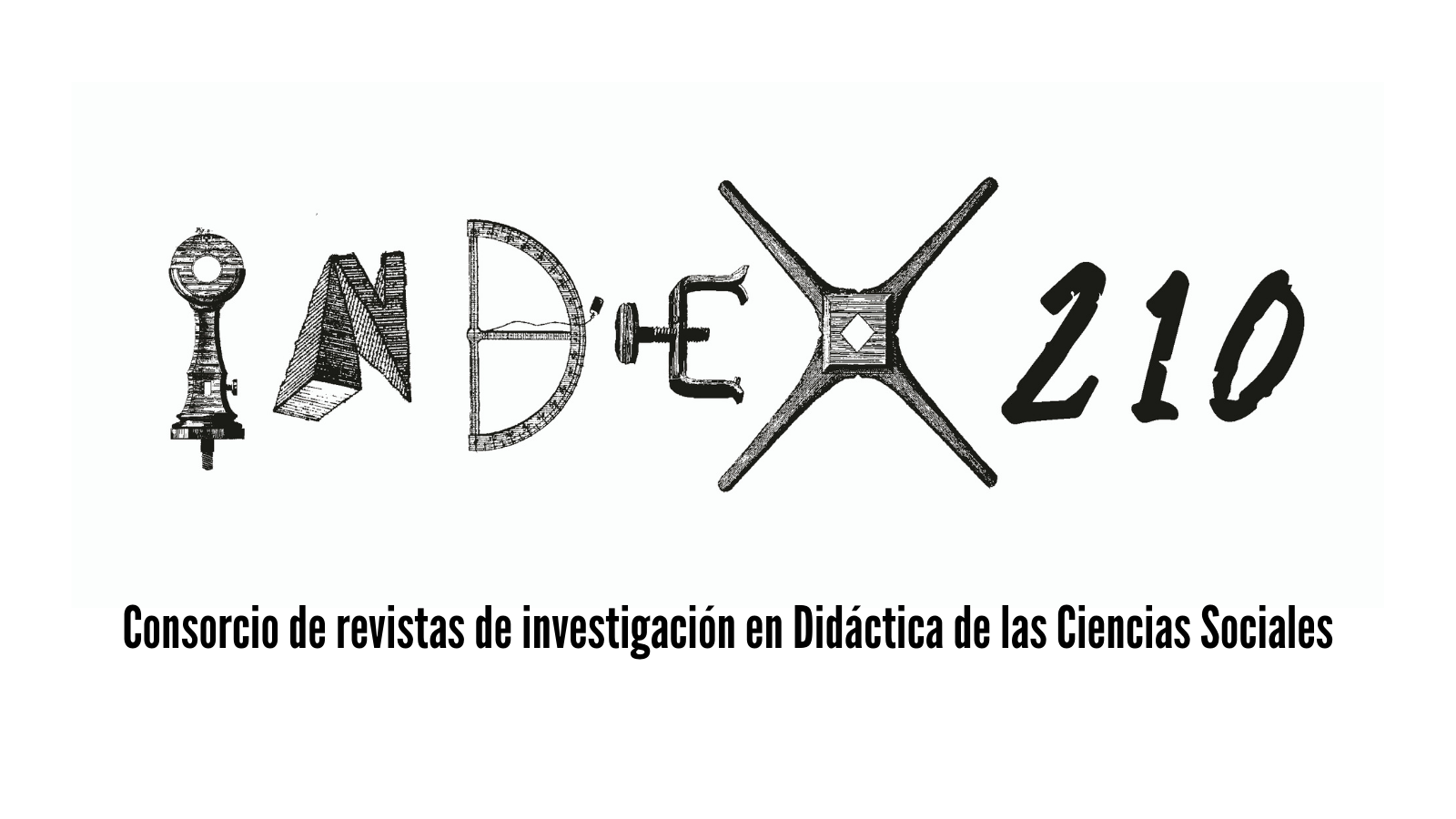Far beyond Yamato: on the periphery of power. Considerations for the study of ancient Japan
Supporting Agencies
- This work has been carried out within the framework of the non-funded research projects in Asia of the Isabel I University, the GIR Humanismo Eurasia (HUME, University of Salamanca), and the Working Group on Asian Studies (GTEA, Complutense University of Madrid).
Abstract
This paper will analyse the historical evolution of populations in both, the island of Hokkaido and the Okinawan area, with the aim of gaining a better understanding of the relationship between present-day Okinawan and Ainu populations and their prehistoric and protohistoric ancestors. Additionally, it aims to explore the connection of these ancestors to the cultural sphere of Yamato.
In this work, an analysis of the historical evolution of populations in both northern Aomori and Hokkaido Island, as well as the Okinawan region, will be conducted. Various sources of information will be utilized, including archaeological remains, textual sources, and ethnoanthropological studies, aiming to a better understanding of the relationship between present-day Okinawan and Ainu populations and their pre- and protohistoric ancestors, as well as of their connection with the cultural sphere of Yamato, taking into account the specific issues of both areas. The peripheral position of both territories in relation to the proto-state of Yamato will be crucial in comprehending the historical development of the two regions, and it will be an important factor that has influenced the perception of Okinawan and Ainu cultures throughout history, as well as the diverse historiographical interpretations of both.
Downloads
-
Abstract841
-
PDF (Español (España))464
-
EPUB (Español (España))156
References
Abad, R. (2014): Claves conceptuales para comprender la arqueología japonesa a principios del s XXI. Asiadémica, 3, 14-24.
Aikens, C. M. y Higuchi, T. (1982): Prehistory of Japan. Academic Press London.
Asato, S. (2009): Archaeology of the Ryukyu Islands: Major Themes, en R. Pearson, (ed.), Okinawa: The Rise of an Island Kingdom. Archaeological and cultural perspectives (pp. 1-4). Archaeopress British Archaeological Reports (International Series, 1898).
Barnes, G. L. y Okita, M. (1999): Japanese Archaeology in the 1990s. Journal of Archaeological Research, 7(4), 349-395.
Chamberlain, B. H. (1888): Aino Folk-Lore. The folk-lore journal, 6(1), 1-51.
Crawford, G.W. y Takamiya, H. (1990): The origins and implications of late prehistoric plant husbandry in northern Japan. Antiquity, 64, 889–911.
Crawford, G. W. (1992): The Transitions to Agriculture in Japan, en A. Birgitte y T. Douglas (eds.), Transitions to Agriculture in Prehistory (pp 117-132). Prehistory Press (Monographs in World Archaeology, 4).
Crawford, G. W. (2008): The Jomon in early agriculture discourse: issues arising from Matsui, Kanehara y Pearson. World Archaeology, 40(4), 445-465. DOI: 10.1080/00438240802451181
Crawford, G. W. (2011): Advances in understanding Early Agriculture in Japan. Current Anthropology, 52, supl. 4, 331-345. DOI:10.1086/ 658369
D'Andrea, A. C. (1992): Paleoethnobotany of Later Jomon and Early Yayoi Cultures in Northeastern Aomori and Southern Hokkaido. Tesis doctoral. Universidad de Toronto.
D'Andrea, A. C. (1995b): Later Jomon subsistence in Northeastern Japan: new evidence from palaeoethnobotanical studies. Asian Perspectives, 34(2), 195- 227.
D'Andrea, A. C. et al. (1995): Late Jomon cultigens in northeastern Japan. Antiquity, 69, 146-152.
Fujimoto, T. (1981): The Satsumon culture. Pre-Ainu culture of Hokkaido. 地 学 雑 誌 (Journal of Geography), 90(2), 122-136.
Fukasawa, Y. (1998): Ainu Archaeology as Ethnohistory: iron technology among the Saru Ainu of Hokkaido, Japan, in the 17th century. Archaeopress British Archaeological Reports (International Series, 744).
Howell, D.L. (2014): Is Ainu History Japanese History?, en M. J. Hudson, A. Lewallen y M. K. Watson (eds.), Beyond Ainu Studies. Changing academic and public perspectives (pp. 101-116). University of Hawai’i Press.
Hudson, M.J. (1990): From Toro to Yoshinogari. Changing perspectives on Yayoi Period Archaeology, en G. L. Barnes (ed.), Hoabinhian, jomon, ainu, korean states (pp. 63-111). Oxbow.
Hudson, M.J. (1992): Rice, Bronze and Chieftains. An Archaeology of Yayoi Ritual. Japanese Journal of Religious Studies, 19(2-3), 139-189.
Hudson, M.J. (1999): Ruins of Identity. Ethnogenesis in the Japanese Islands. University of Hawai’i Press.
Hudson, M.J. (2004): The perverse realities of change: world system incorporation and the Okhotsk culture of Hokkaido. Journal of Anthropological Archaeology, 23, 290-308. DOI: 10.1016/j.jaa.2004.05.002
Hudson, M.J. (2014): Ainu and Hunter-Gatherer Studies, en en M. J. Hudson, A. Lewallen y M. K. Watson (eds.), Beyond Ainu Studies. Changing academic and public perspectives (pp. 117-135). University of Hawai’i Press.
Imamura, K. (1996): Prehistoric Japan: new perspectives on insular Asia. University of Hawai’i Press.
Ishige, N. (2001): History and culture of Japanese food. Kegan Paul.
Kidder, J. E. (1966): Japan before Buddhism. Thames and Hudson.
Kidder, J. E. (1977): Ancient Japan. Elsevier-Phaidon.
Kidder, J. E. (1997): The earliest societies in Japan, en D. M. Brown (ed.), The New York History of Japan, Vol. I (pp. 48-107). Cambridge University Press.
Kinoshita, N. (2003): Shell trade and exchange in the Prehistory of the Ryukyu Archipelago. Indo-Pacific Prehistory Association Bulletin, 23(1), 67-72. DOI: 10.7152/bippa.v23i0.11853
Kinoshita, N. (2009): Shell exchange in the Ryukyu Islands and in East Asia, en R. Pearson, (ed.), Okinawa: The Rise of an Island Kingdom. Archaeological and cultural perspectives (pp. 13-39). Archaeopress British Archaeological Reports (International Series, 1898).
Kitagawa, J. M. (1961): Ainu bear Festival (Iyomante). History of Religions, 1(1), 95-151.
Lie, J. (2001): Multi-ethnic Japan. Harvard University Press.
Low, M. (2012): Physical Anthropology in Japan: the Ainu and the search for the origins of the Japanese. Current Anthropology, 53(5), 57-68.
Muñoz, I.M. (2017): Relaciones internacionales en la Esfera de Interacción del Mar Amarillo en la Protohistoria japonesa. Antesteria, 6, 175-195.
Nakazono, S. (2011): The role of long-distance interaction in the Yayoi period, en N. Matsumoto, H. Bessho y M. Tomii (eds.), Coexistence and Cultural transmission in East Asia (pp. 49-68). Routledge.
Ono, Y. (1999): Ainu homelands: Natural History from Ice Age to Modern Times, en W. W. Fitzhugh y C. O. Dubrevil (eds.), Ainu. Spirit of a Northern People (pp. 32-38). University of Washington Press.
Pearson, R.J. (1990): Chiefly exchange between Kyushu and Okinawa, Japan, in the Yayoi period. Antiquity 64, 912-922.
Pearson, R.J. (1992): Ancient Japan, New York.
Pearson, R.J. (2013): Ancient Ryukyu. An Archaeological Study of Island Communities. University of Hawai’i Press.
Sahara, M. (1992): Rice cultivation and the Japanese. Acta Asiatica, 63, 40-63.
Siddle, R. (1996): Race, Resistance and the Ainu of Japan. Routledge.
Sjöberg, K. (1993): The Return of the Ainu. Cultural mobilization and the practice of ethnicity in Japan. Harwood Academic Publishers.
Smale, J. (2014): End of Okhotsk? A Peer Polity Interaction approach to the interaction, exchange and decline of a Northeast-Asian maritime culture on Hokkaido, Japan. Tesis de máster. Universidad de Leiden.
Takahashi, R. et al. (2012): Morphological and molecular phylogenetic characteristics of dwarf Sus specimens from the Noguni shell middens in the Ryukyu Islands. Anthropological Science, 120(1), 39-50.
Takamiya, H. (1996): Initial colonization, and subsistence adaptation processes in the late prehistory of the island of Okinawa. Indo-Pacific Prehistory Association Bulletin, 15, 143-150.
Takamiya, H. (2004): Population dynamics in the Prehistory of Okinawa, en S. M. Fitzpatrick, (ed.), Voyages of discovery: the archaeology of islands (pp. 111-128). Praeger.
Takamiya, H. (2008): The transition from foragers to farmers on the island of Okinawa. Bulletin of the Indo-Pacific Prehistory Association, 21, 60-67. DOI: 10.7152/bippa.v21i0.11763
Takamiya, H. (2009): Okinawa's Earliest Inhabitants and Life on the Coral Islands”, en R. Pearson (ed.), Okinawa: The Rise of an Island Kingdom. Archaeological and cultural perspectives (pp. 5-12). Archaeopress British Archaeological Reports (International Series, 1898).
Turnbull, S. (2007): Pirate of the Far East. 811-1639. Osprey Publishing.
Walker, B. L. (2006): The Conquest of Ainu Lands. Ecology and Culture in Japanese Expansion, 1590-1800. University of California Press.
Watanabe, H. (1986): Community Habitation and Food Gathering in Prehistoric Japan: an Ethnographic interpretation of the Archaeological evidence, en R. J. Pearson, G. L. Barnes y K. Hutterer (eds.), Windows on the Japanese Past: Studies in Archaeology and Prehistory (pp. 229-254). University of Michigan Press.
Yamaura, K. y Ushiro, H. (1999): Prehistoric Hokkaido and Ainu origins, en W. Fitzhugh y C. Dubrevil (eds.), Ainu. Spirit of a Northern People (33-46). University of California Press.
Copyright (c) 2023 Irene Minerva Muñoz Fernández

This work is licensed under a Creative Commons Attribution-ShareAlike 4.0 International License.
All the contents published in this journal are subject to an Attribution-ShareAlike 4.0 International (CC BY-SA 4.0) Creative Commons License. You are free to: Share — copy and redistribute the material in any medium or format, Adapt — remix, transform, and build upon the material, for any purpose, even commercially. Under the following terms:
Attribution — You must give appropriate credit, provide a link to the license, and indicate if changes were made. You may do so in any reasonable manner, but not in any way that suggests the licensor endorses you or your use.
ShareAlike — If you remix, transform, or build upon the material, you must distribute your contributions under the same license as the original.
Full text of the license is available in: Creative Commons License 












